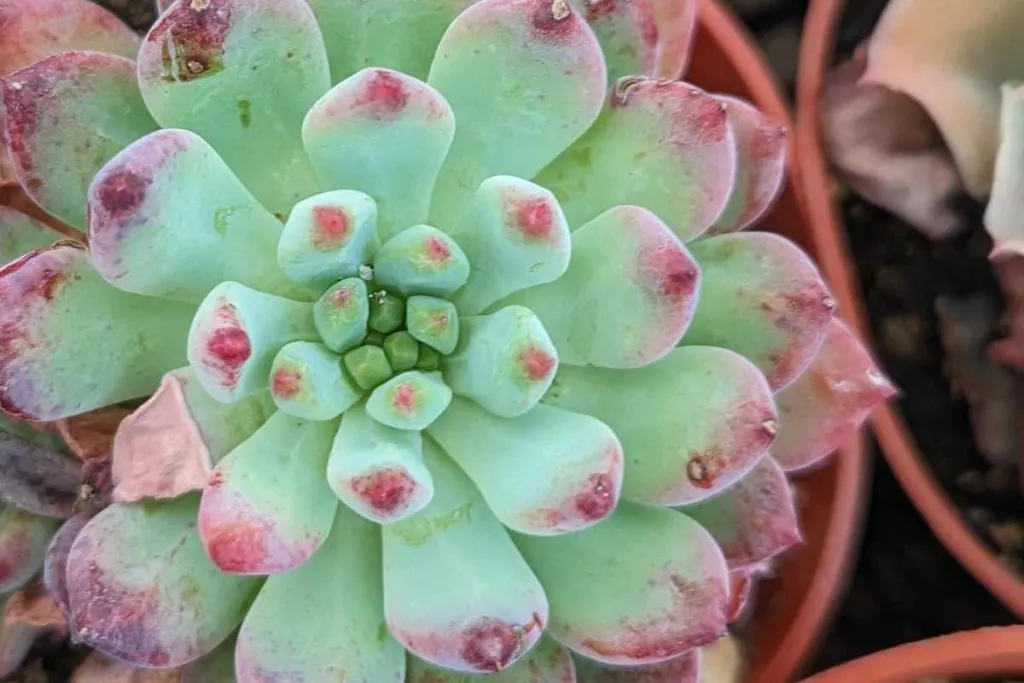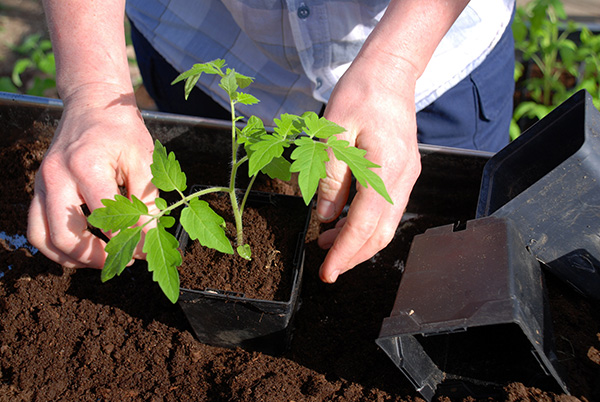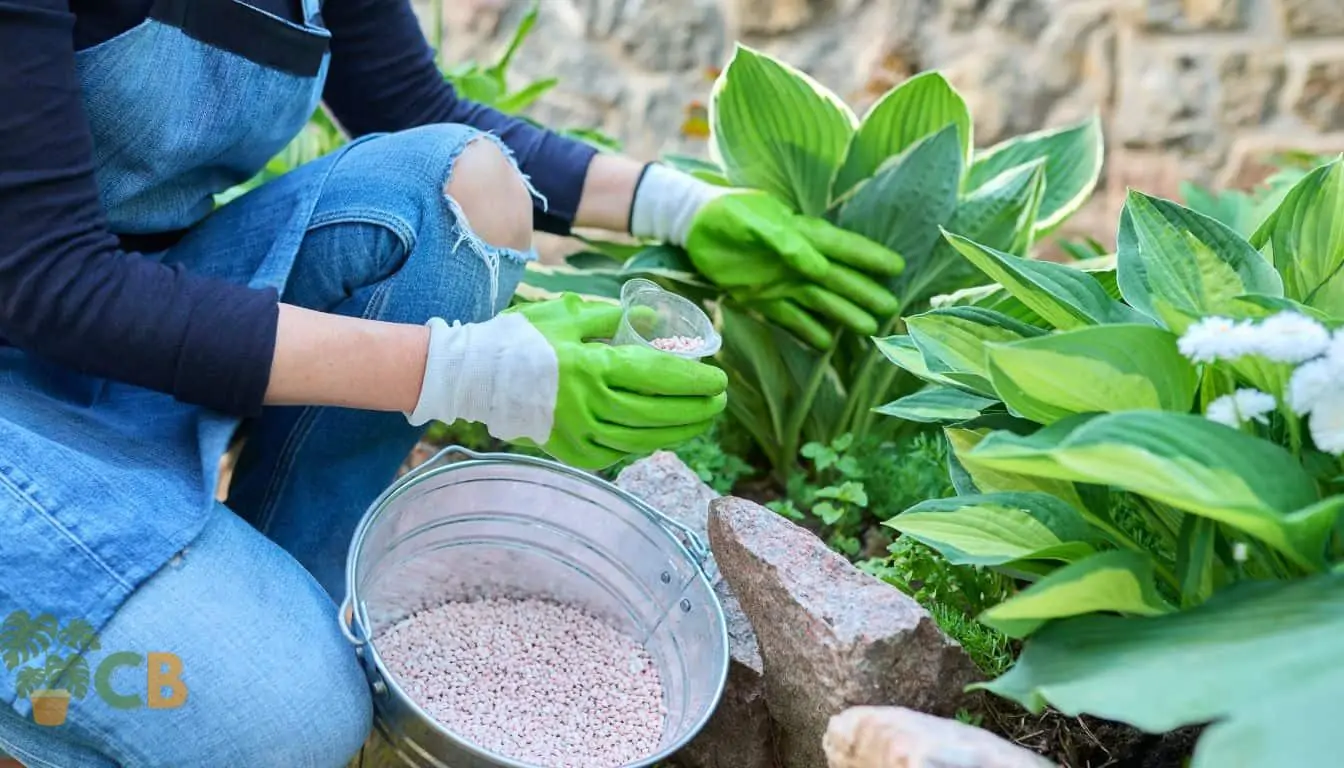Epsom Salt in Horticulture: What Plants Don't Like Epsom Salt and Just How to Change
Find Out About the Particular Plants That Are Adversely Impacted by Epsom Salt Application
Epsom salt, a popular family solution for various gardening problems, is often commended for its advantageous effects on plant development. However, not all plants react favorably to its application. Recognizing the specific plants that can be negatively influenced by Epsom salt is critical for any garden enthusiast aiming to maximize their plant care regimen. Roses, tomatoes, peppers, rhododendrons, and azaleas are just a few examples of plants that may not react well to Epsom salt. The reasons behind these unfavorable impacts and exactly how to alleviate them are vital knowledge for maintaining a thriving garden.
Roses

Roses, especially conscious changes in their environment, can be adversely impacted by the application of Epsom salt. While Epsom salt is generally used as a plant food to advertise plant growth and boost blooming, roses are among the plants that do not respond well to its application. The high magnesium content in Epsom salt can disrupt the uptake of other essential nutrients by the rose plants, bring about shortages that show up as yellowing leaves or stunted development.

Tomatoes
While Epsom salt is typically promoted as a remedy for various plant concerns, consisting of blossom end rot in tomatoes, its application can lead to detrimental end results if not made use of carefully. Extreme Epsom salt, which is magnesium sulfate, can disrupt the fragile nutrient balance required by tomatoes, potentially leading to deficiencies in various other vital nutrients like calcium. When taking into consideration the use of Epsom salt on tomatoes, it is crucial to stick to suggested application rates and dirt testing to avoid unintentional consequences on the total health and wellness and productivity of these cherished garden plants.
Peppers
Peppers, revered for their numerous colors and degrees of spiciness, can demonstrate vulnerability to adverse impacts from Epsom salt when not used with care and factor to consider for their details nutritional demands. what plants don't like epsom salt. Peppers, coming from the Solanaceae family, call for a delicate equilibrium of nutrients to thrive. While Epsom salt is understood to improve magnesium levels in plants, extreme application can interrupt this balance, bring about adverse effects on pepper plants
When peppers are subjected to high degrees of magnesium from Epsom salt, it can disrupt the plant's capacity to absorb other necessary nutrients like calcium and potassium. This discrepancy might manifest in signs such as fallen leave discoloration, stunted development, and minimized fruit manufacturing. Additionally, the extreme magnesium can modify the soil pH, further exacerbating nutrient uptake issues for peppers.

Rhododendrons
Offered the sensitivity of certain plant species to inequalities triggered by Epsom salt, it is essential to consider the effect on Rhododendrons, which likewise call for certain nutrient degrees to prosper. Rhododendrons are acid-loving plants that like acidic dirt problems with a pH variety in between 4.5 and 6.0. Epsom salt, chemically known as magnesium sulfate, can alter the soil pH and disrupt the delicate equilibrium of nutrients essential for Rhododendron health.

To keep the ideal growth and wellness of Rhododendrons, it is vital to avoid the indiscriminate usage of Epsom salt and instead concentrate on giving the particular acidic soil problems and nutrients that these plants need for flourishing.
Azaleas
These preferred flowering plants are often found in landscapes, yards, and parks due to their appeal and adaptability. While Epsom salt is frequently made use of as a remedy for magnesium deficiency in plants, its application to azaleas can have damaging effects.
When Epsom salt is applied to azaleas, it can change the dirt pH, making it extra acidic. Azaleas prefer somewhat acidic soil conditions, and an extra of magnesium from Epsom salt can disrupt this equilibrium, leading to nutrient discrepancies and possible toxicity problems. The wrong application of Epsom salt can result in stunted growth, yellowing of fallen leaves, and general decrease in the wellness of azaleas. Therefore, it is important to be careful when taking into consideration the use of Epsom salt on azaleas to prevent any type of unfavorable repercussions on these fragile decorative bushes.
Conclusion
To conclude, it is necessary to be conscious of the certain plants that can be adversely impacted by the application of Epsom salt. Roses, tomatoes, rhododendrons, peppers, and azaleas are some instances visit this page of plants that may not gain from Epsom salt and can even suffer damage. It is critical to research and comprehend the demands of each plant species before using Epsom salt as a plant food to ensure their health and wellness and wellness.
Recognizing the particular plants that can be adversely influenced by Epsom salt is critical for any kind of gardener looking to maximize their plant treatment regimen. While Epsom salt is generally utilized as a plant food to advertise plant development and boost blooming, roses are one of the plants that do not react well to its application.Too much use of Epsom salt can also result in a build-up of salts in the soil, leading to root damage and dehydration of the rose plants. While Epsom salt is known to increase magnesium levels in plants, extreme application can disrupt this stability, leading to damaging effects on pepper plants.
The high salt content in Epsom salt can also pop over to this web-site dehydrate Rhododendron origins, causing additional tension and damage to the plant. (what plants don't like epsom salt)